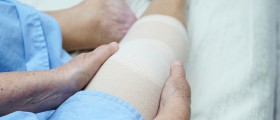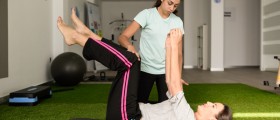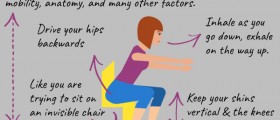
Patellofemoral syndrome and most frequently suggested therapy
Even thought the condition in question is generally not that serious in nature, the pain that it causes, as well as consequences of this pain to the person’s ability to perform some simple activities painlessly and normally, make people think differently. Since injury and overuse of the knee joint are the most common causes for the development of patellofemoral pain, the suggested therapy in such cases consists of simple measures such as resting the knee and avoiding all activities that contribute to the increase in pain. In a number of cases, along with occasional use of pain relievers or NSAIDs, this provides positive results, particularly if the patients are disciplined and armed with patience. However, there are also people who are undisciplined and impatient, or simply do not feel any signs of improvement even after some time, and in such cases, some other methods need to be employed. What the doctors tend to suggest the next is physical therapy, which besides rehabilitation exercises, might include wearing supportive knee braces, which protect the joint in question and improve the position of the kneecap, taping the knee in order to improve the ability to exercise and to diminish pain, as well as focusing on such sports that are knee-friendly and that do not put it under too much pressure. If there is no improvement after employing all of these methods, which happens rarely to tell the truth, then the person is only left with the surgery which should reposition the kneecap and relieve the pressure that the cartilage in question is exposed to, or it should remove the parts of the damaged cartilage, if that causes the problem.
The role of exercises in the therapy
When it comes to exercises that the physical therapists suggest to people who suffer from patellofemoral syndrome, those that are proved to be the most helpful are exercises that make the muscles that are closely related to the functioning of the knee stronger, particularly quadriceps, hamstrings and those muscles around the hips. The point of such exercises is also to improve the range of motion, which is where stretching exercises play a very important role. The physical therapist will educate the patient more on how to perform these exercises correctly and for how long they should be performed in order not to cause the adverse effects or aggravate the condition.





-Symptoms,-Diagnosis,-Treatment_f_280x120.jpg)











Your thoughts on this
Loading...